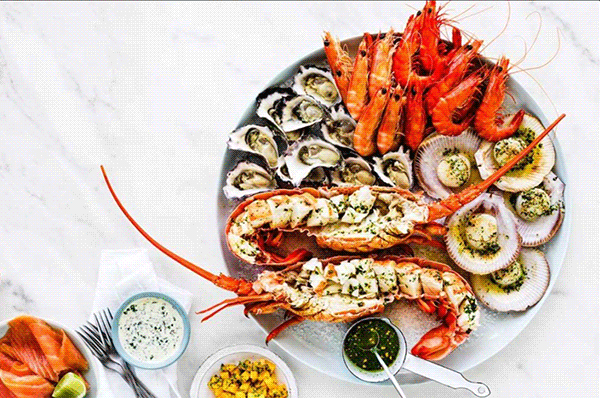Seafood diners to get more clarity as country-of-origin labelling laws land on menus

When you pick up a pack of prawns from the supermarket, it’s pretty clear where it came from. But at your local fish and chip shop, pub, or Thai takeaway? Not so much — until now.
From July next year, hospitality venues across Australia will need to display where their seafood comes from, under new labelling laws designed to bring the dining-out experience in line with supermarket standards.
The new system, known as AIM, will label seafood as A for Australian, I for Imported or M for Mixed Origin. It’s a shift aimed at helping consumers make more informed choices — and giving Aussie fishers a competitive edge in a market where more than 60% of seafood is imported.
Seafood Industry Australia chief executive Veronica Papacosta said while imported seafood wasn’t inherently bad, transparency was overdue.
"There is a real assumption made by a lot of Australians that when they're sitting down to a seafood meal in a food service operation, that it is Australian because there's an absence of labelling," she said.
She noted that beef and chicken didn’t need similar rules because they’re almost entirely sourced domestically.
The move is also about helping people understand what they’re paying for.
"If you're down at the pub or the local Thai place, getting a curry on a Tuesday night, an imported prawn might be just fine for that price level. But if you're in a mid-range or a high-range restaurant, you're going to want to know that, at that price, you're paying for Australian," she said.
Papacosta pointed to changes in supply chains — like the end of a ban on fresh salmon imports — as another reason why clearer labelling matters.
"Until recently, when you bought fresh salmon in a restaurant or in a retail store, it was always Tasmanian," she said.
"But the Australian government lifted a ban on imported fresh salmon, which means we now have salmon from Chile in the system. Now consumers may have to question whether they are buying Australian — or Tasmanian — or Chilean salmon."
For restaurant owners like Will Mure of Hobart’s iconic seafood venue Mures, the change is welcome.
"There is some seafood that isn't caught sustainably or ethically, and you often can't differentiate between them," Mr Mure said.
"What we do know is that Australian seafood is sustainable and it is ethical, and that's a good thing. There's a premium on that — it's very well-managed, Australian seafood. But it's a beautiful product and you can have confidence when you eat it that you're eating a sustainable product," he said.
Businesses will have a 12-month transition period to comply, including a final four-week consultation window.
Papacosta urged food operators to start preparing now.
"Where they are using either Australian or imported, having those conversations with their customers to help them understand that choice will be really important.
"And then obviously some menu changes, I think there'll be some reprinting or designing that will have to happen to reset menus to make sure that they're applying the new legislation accurately."
The rules come into force on 1 July 2026.
Jonathan Jackson, 1st July 2025







